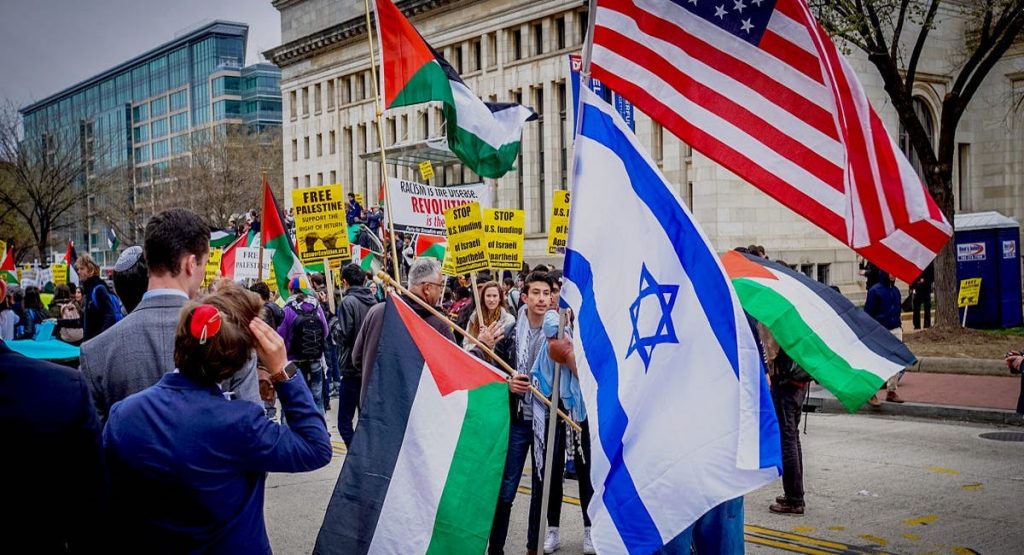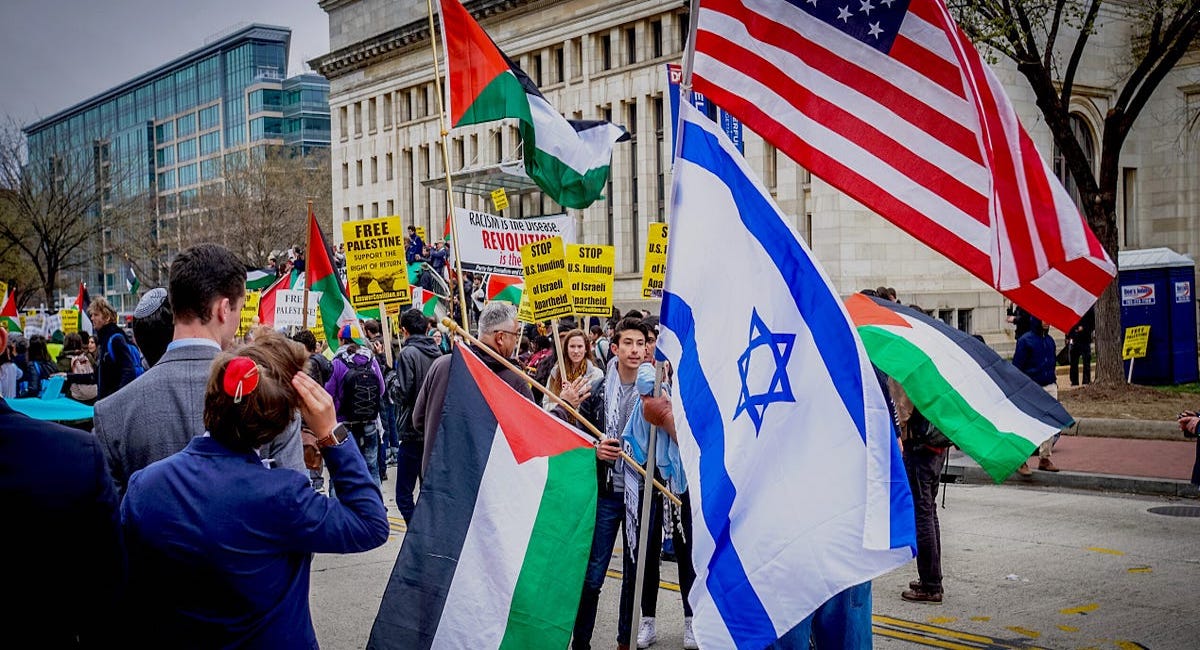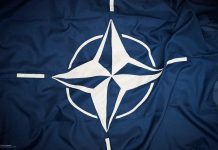
U.S. officials express deep concerns regarding the potential for an escalation of violence in the neighboring countries of Israel, which could potentially lead to a wider regional conflict. Recent events, including missile strikes from Yemen, incidents in the West Bank, and attacks on U.S. troops in Syria, are contributing to these fears. Additionally, there is the impending threat of an official ground invasion of Gaza by Israel, which is controlled by Hamas militants responsible for the tragic loss of more than 1,000 Israeli lives on October 7.
The Biden administration is particularly worried about armed groups supported by Iran that may further exacerbate the situation. Apart from Hamas, these proxy forces encompass Hezbollah in Lebanon, Iraq-based militias, and the Houthi rebels in Yemen. A senior official from the U.S. Defense Department emphasized the likelihood of increased hostilities against U.S. forces and personnel in the near future and pointed to Iran as a central player in this dynamic.
Arab officials are sharing these concerns and urging the United States to leverage its influence with Israel to help defuse the tensions. Some are calling for a ceasefire, but the Biden administration has, thus far, refrained from doing so, asserting Israel’s right to respond to the attacks by Hamas.
The complexity of the situation arises from multiple flashpoints of violence across the region. If tensions persist at their current level, there is a growing fear among Arab diplomats that the entire region will be adversely affected, sparing no one from the repercussions.
Here are some of those potential flashpoints:
Iraq & Syria
American military forces situated in various locations across Iraq and Syria have faced a series of drone and rocket attacks on more than a dozen occasions within the past week. These incidents have raised concerns among officials who fear that these small-scale assaults, attributed to Iran-backed militant groups by the Pentagon, may persist and potentially intensify.
There is a growing apprehension that the scope of these attacks could extend beyond Iraq and Syria, where approximately 2,500 and 900 American troops are stationed, respectively, to encompass the thousands of other U.S. personnel deployed throughout the broader region, including locations from Bahrain to the United Arab Emirates. Even commercial vessels navigating the Persian Gulf may face an elevated risk, as indicated by an anonymous U.S. official addressing this sensitive issue.
A senior U.S. military official acknowledged that there is a tangible and concerning risk of escalation throughout the entire region, including threats directed at U.S. forces.
In response to the recent attacks in Iraq and Syria, Defense Secretary Lloyd Austin has taken measures to reinforce the region’s security. These actions include redirecting an aircraft carrier strike group, originally bound for the Eastern Mediterranean, to the Middle East command. Additionally, he has deployed supplementary air defense assets, such as Patriot battalions and a Terminal High Altitude Area Defense system, to strategic locations across the broader region, as confirmed by the Pentagon.
These efforts are complementary to the presence of another carrier strike group currently operating in the Eastern Mediterranean, as well as the readiness of thousands of forces on 24-hour prepare-to-deploy orders should the need arise.
Along the Israeli-Lebanese border, tensions have been on the rise, marked by a series of back-and-forth exchanges between the Israeli military and Hezbollah, an Iran-backed militant group. Israel has taken precautionary measures, including the evacuation of villages near the border, due to rocket attacks and concerns about potential militant incursions. The Israel Defense Forces have reported using aerial drones and other means to target multiple locations in Lebanon, including suspected militant cells attempting to launch anti-tank missiles, a Hezbollah compound, and an observation post.
While these incidents are cause for concern, they are not unprecedented, and there is still the potential to prevent further escalation, as noted by Khaled Elgindy, an analyst at the Middle East Institute. Hezbollah faces domestic pressures, and Lebanon is grappling with economic challenges, making it unlikely that they would desire the kind of conflict and devastation witnessed in Gaza.
Lebanon
U.S. officials have engaged with Lebanese leaders to convey the importance of relaying this message to Hezbollah, which holds significant political influence in Lebanon. The United States, similar to its stance on Hamas, designates Hezbollah as a terrorist group and generally refrains from direct interactions with the organization. In a recent conversation with Lebanon’s caretaker prime minister, Secretary of State Antony Blinken emphasized the need to respect the interests of the Lebanese people, who could be adversely affected by Lebanon becoming entangled in the conflict initiated by Hamas’ terrorist attack on Israel.
West Bank
In the West Bank, there have been reports of several Palestinian casualties following the attack by Hamas on Israel. Some of these casualties are believed to be the result of actions by Israeli settlers who reside in the region. There are concerns that these settlers may be exploiting the current situation to instill fear within Palestinian communities and potentially acquire more land.
The Israeli military has also conducted operations in the West Bank, including at least one airstrike targeting a mosque that Israeli officials claim was being used by Hamas as a base for planning attacks.
U.S. officials are expressing significant concerns that the tensions and clashes in the West Bank could escalate into a more serious and protracted conflict. Prior to the Hamas attack, the West Bank was already experiencing elevated tensions, largely stemming from Palestinian grievances related to Israeli settlements and the perceived willingness of some residents to resort to violence.
It’s important to note that Gaza, which is home to approximately 2.2 million Palestinians, with the majority being civilians, has long been under the control of Hamas. Israeli airstrikes in Gaza since October 7 have resulted in a substantial number of Palestinian casualties.
“The West Bank is a special kind of place in between,” Alterman said. “You have armed settlers, some of whom have messianic views. You have complicated jurisdictions — who’s governed by what law, those kinds of things.”
Yemen
In Yemen, a potential new development occurred as the U.S. Navy destroyer, USS Carney, intercepted four ballistic missiles and over a dozen drones launched by Yemen’s Houthi rebels in the northern Red Sea. These missiles were reportedly aimed north, towards Israel, and were successfully intercepted. The Houthi rebels, with support from Iran, are believed to possess ballistic missiles capable of reaching Israel. While the exact number of these missiles is uncertain, a recent military parade in Yemen’s capital, Sanaa, displayed several new Iranian-made short and medium-range missiles.
In the broader Middle East, there have been pro-Palestinian protests in response to the Israel-Hamas conflict, with demonstrations taking place across the region. These protests have occasionally focused on American and Israeli diplomatic facilities, leading to law enforcement using tear gas in some countries like Jordan and Lebanon to disperse protesters attempting to storm these buildings.
Some authoritarian leaders in the region have allowed these gatherings as a means for their populations to vent their anger against Israel, a common target for Middle East rulers, even those with peace agreements with Israel. However, these autocratic leaders also face the risk of protests turning against them, especially as the Palestinian casualties increase. While a new Arab Spring-style pro-democracy movement is not widely expected, there remains a potential for violence, either from the protesters or the state, due to the strong emotions stirred by the Israel-Hamas conflict. Some argue that governments aligning with the Palestinian cause may gain increased support from their populations during these times.
“The protests will continue and there will be a very strong pressure on the authorities and on the leaders,” the diplomat said. “When it comes to the Palestinian cause … it’s a common cause. It’s in our blood.”





